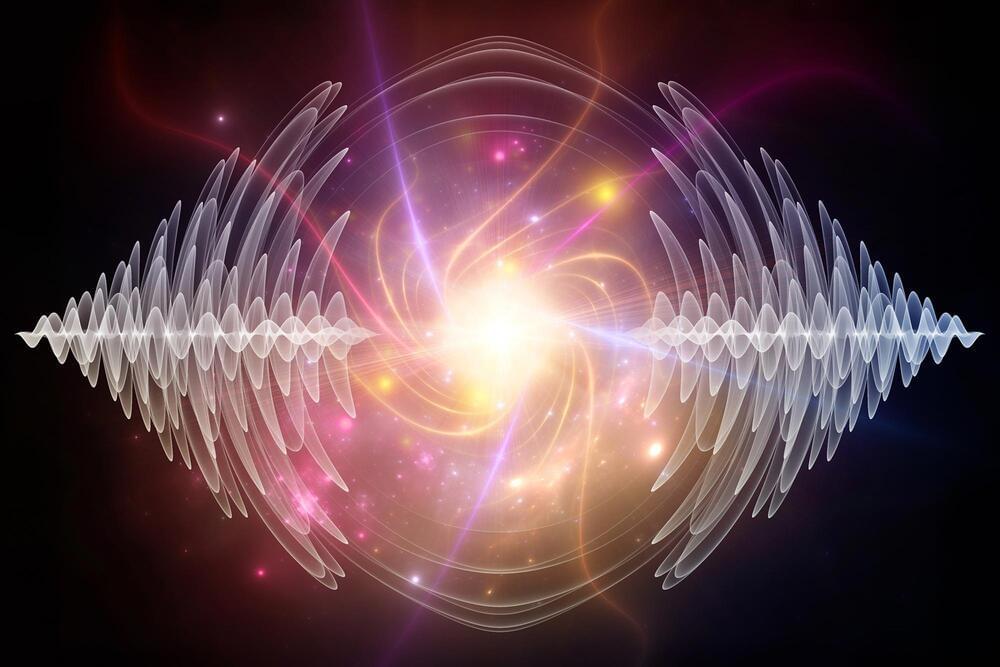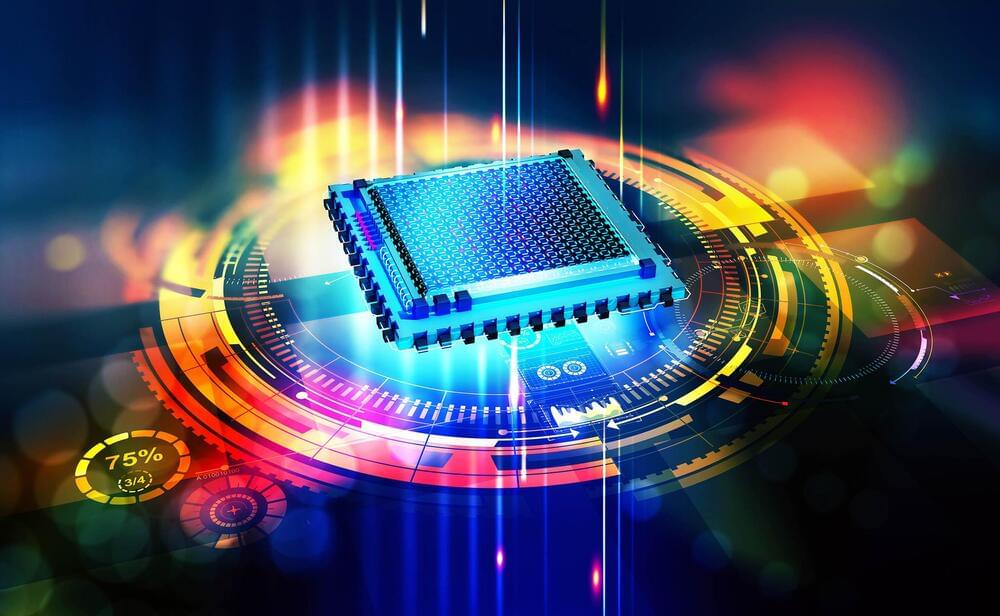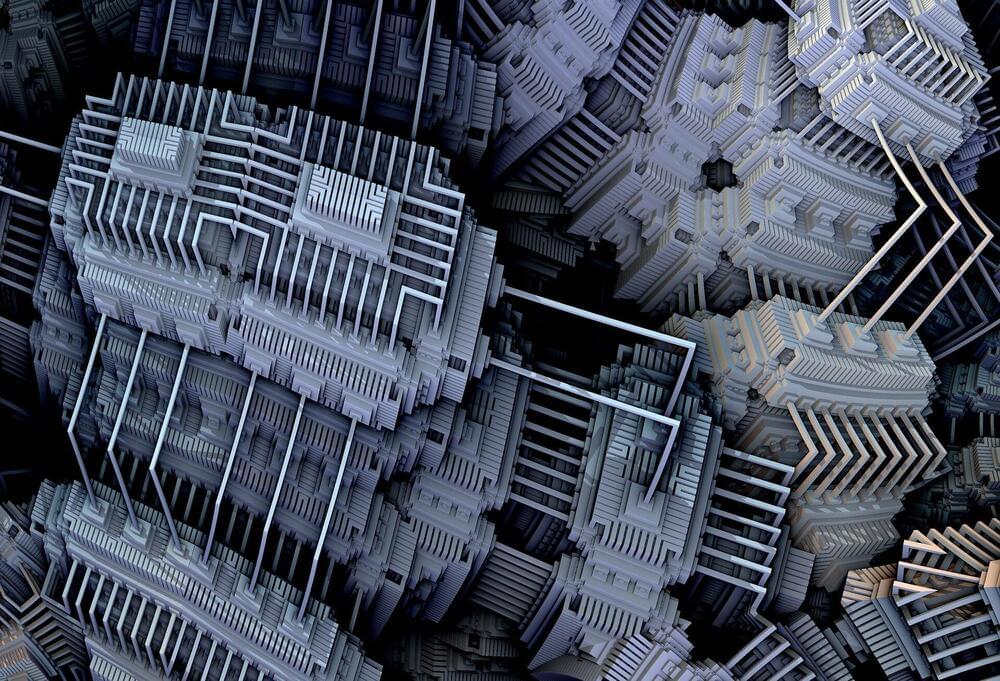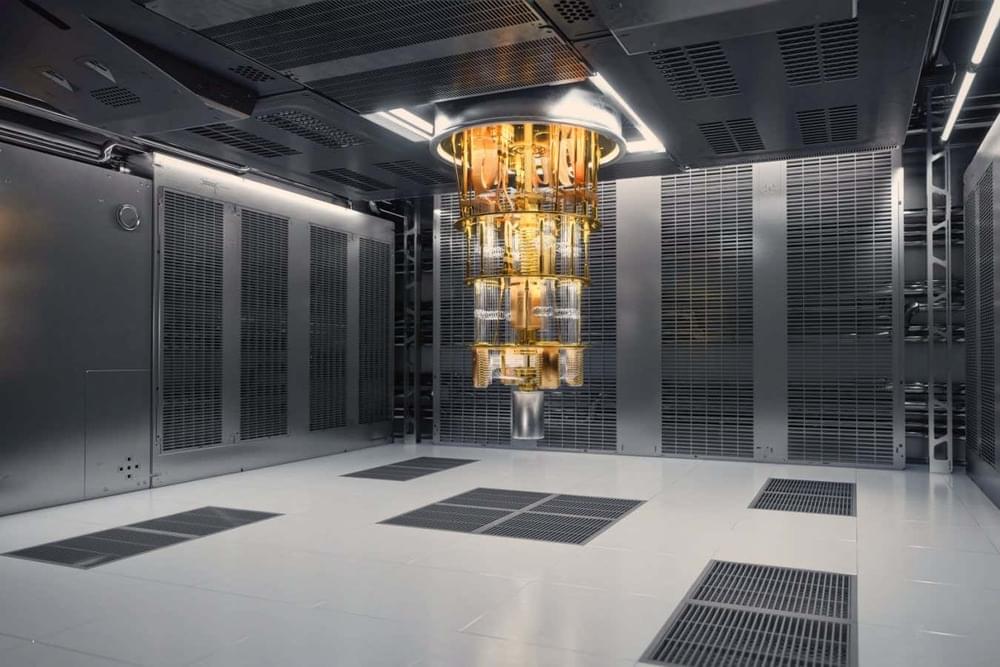The researchers applied the higher resonant radio frequency, which prompted any normal, “hot” fermions in the liquid to ring in response. The researchers then could zero in on the resonating fermions and track them over time to create “movies” that revealed heat’s pure motion — a sloshing back and forth, similar to sound waves.
“For the first time, we can take pictures of this substance as we cool it through the critical temperature of superfluidity, and directly see how it transitions from being a normal fluid, where heat equilibrates boringly, to a superfluid where heat sloshes back and forth,” Zwierlein says.
The experiments mark the first time scientists have been able to image second sound directly and the pure motion of heat in a superfluid quantum gas. The researchers plan to extend their work to map heat’s behavior more precisely in other ultracold gases. Then, they say their findings can be scaled up to predict how heat flows in other strongly interacting materials, such as high-temperature superconductors and neutron stars.







